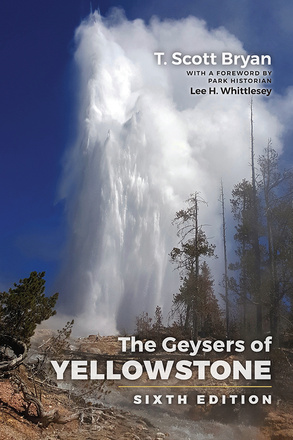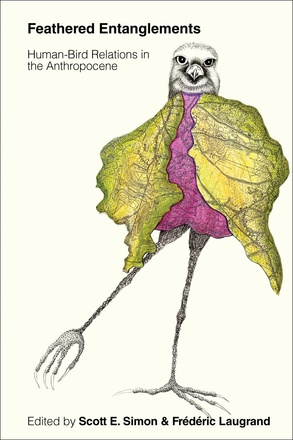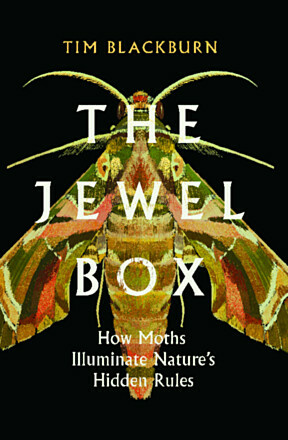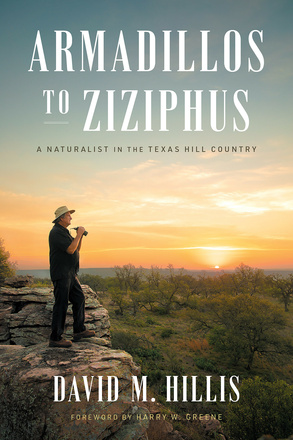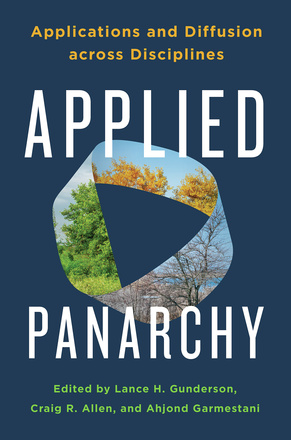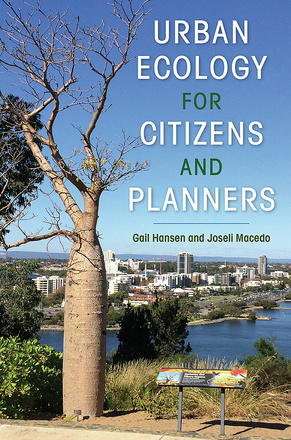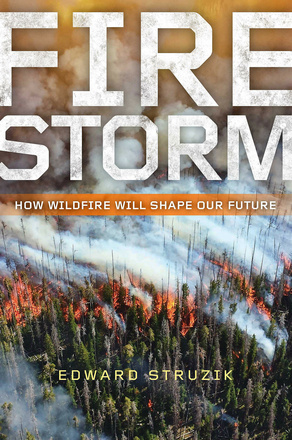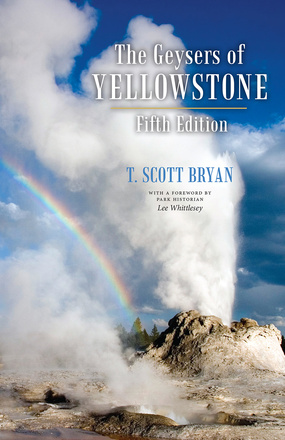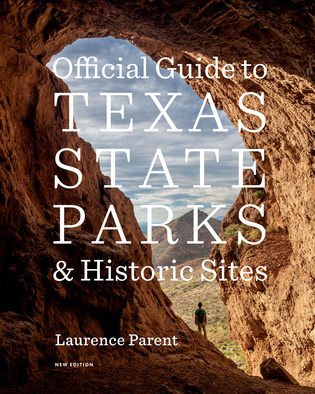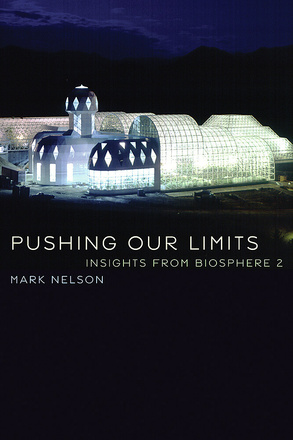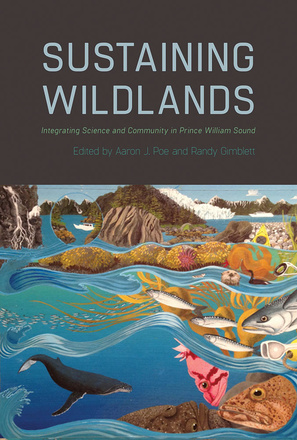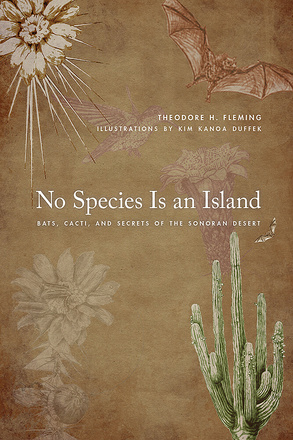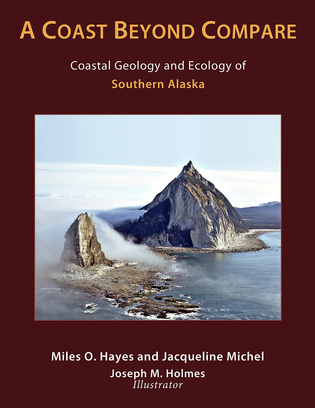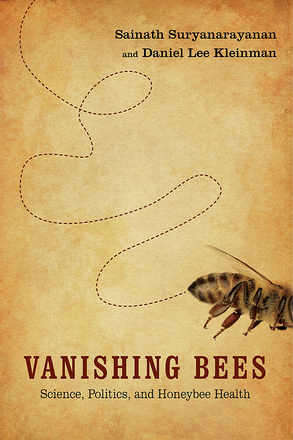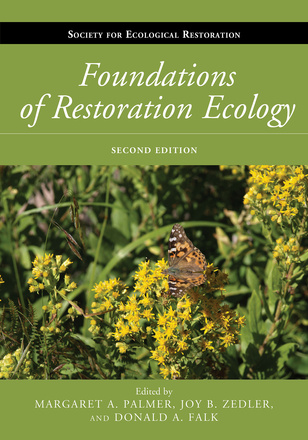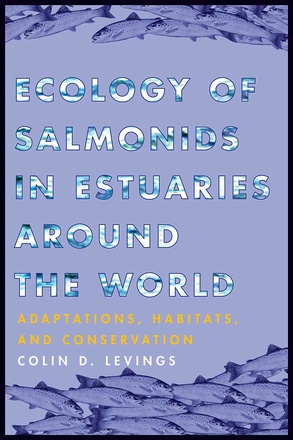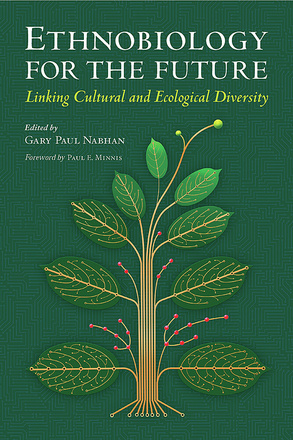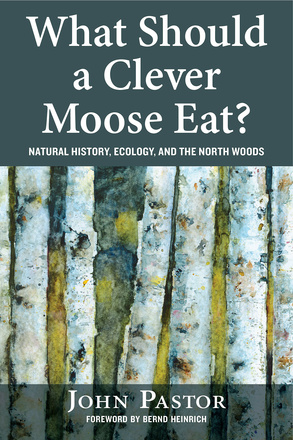The Geysers of Yellowstone
Sixth Edition
This new edition of The Geysers of Yellowstone is the most up-to-date and comprehensive reference to the geysers of Yellowstone National Park, describing in detail each of the more than five hundred geysers in the park.
Feathered Entanglements
Human-Bird Relations in the Anthropocene
Feathered Entanglements investigates human–bird relations across the Indo-Pacific and shows what birds can teach us about how to live with other species in the Anthropocene.
Official Guide to Texas State Parks and Historic Sites
New Edition
Penser le lien culture-nature en droit
Réflexions. Réalisations. Aspirations.
The Jewel Box
How Moths Illuminate Nature’s Hidden Rules
Armadillos to Ziziphus
A Naturalist in the Texas Hill Country
This book aims to show people, in short pieces accompanied by one image, some of the surprising, fascinating, and ecologically valuable things happening around a Hill Country ranch.
Applied Panarchy
Applications and Diffusion across Disciplines
Intended as a text for graduate courses in environmental sciences and related fields, Applied Panarchy picks up where Panarchy left off, inspiring new generations of scholars, researchers, and professionals to put its ideas to work in practical ways.
Urban Ecology for Citizens and Planners
This volume offers a wealth of information and examples for those looking to help bring urban environments into harmony with the natural world and make cities more sustainable.
The Geysers of Yellowstone, Fifth Edition
Official Guide to Texas State Parks and Historic Sites
New Edition
Pushing Our Limits
Insights from Biosphere 2
Sustaining Wildlands
Integrating Science and Community in Prince William Sound
No Species Is an Island
Bats, Cacti, and Secrets of the Sonoran Desert
A Coast Beyond Compare
Coastal Geology and Ecology of Southern Alaska
Vanishing Bees
Science, Politics, and Honeybee Health
Foundations of Restoration Ecology
Foundations of Restoration Ecology, Second Edition, has been dramatically updated to reflect new research in restoration ecology, including new sections on specific ecosystem processes, including hydrology, nutrient dynamics, and carbon. Case studies describe real-life restoration scenarios in North and South America, Europe, and Australia. Lists at the end of each chapter summarize new theory and practical applications.
Written by acclaimed researchers in the field, this book provides practitioners as well as graduate and undergraduate students with a solid grounding in the newest advances in ecological science and theory.
Ecology of Salmonids in Estuaries around the World
Adaptations, Habitats, and Conservation
A comprehensive guide to understanding the crucial role estuaries play in the salmonid life cycle and what can be done to conserve – and recover – this important fish habitat.

